If You Ever Spot Coins On Somebody’s Gravestone It Means THIS

Image via: facebook.com/DaveMalenfant
The national and state veterans cemeteries that dot America are special, sacred places. Burial there is reserved for the brave men and women who made the ultimate sacrifice and gave their lives while serving in the military. If you’ve ever visited one of these veterans cemeteries before then you may have noticed coins left atop the stone markers, and if you are not in the military then you likely wondered what it all means.
Coins that have been left on or around gravestones indicate that someone stopped by to visit and pay their respects to the deceased buried there. Pennies, nickels, dimes, and quarters are each representative of different meanings. Depending on the denomination, the presence of each type of coin sends its own distinct message, but they all tell the soldier’s family and loved ones that someone stopped by.
Leaving a penny atop a grave means that someone visited to pay their respect, while nickels are left to signify the visitor trained at boot camp with the deceased. Leaving a dime at a grave means the visitor served with them at some point or in some capacity. A quarter left on a stone marker is symbolic of the fact that whoever left it was with the soldier when they were killed.
While the practice of leaving coins on military graves dates back to the Roman Empire, it’s a relatively recent occurrence here in America. It began in the mid 1960s when people started leaving coins at cemeteries during the Vietnam war as a way to show that they had visited a soldier’s grave.
At that time the country was torn and divided by the hugely unpopular war. Rather than contacting a soldier’s family directly, and risking either upsetting or getting into an argument with them, visitors chose to simply leave coins to communicate the fact they’d been there.
The tradition has been carried on over the years and it’s proven to be beneficial for everyone. At national and state veteran cemeteries the coins are collected annually and the money is used to pay for the upkeep and maintenance of the grounds.
Some of it goes toward paying and covering the burial costs of indigent veterans. Visitors are able to pay their respect and let the deceased’s family know that they stopped by. Memories are shared, healing occurs, and people feel better about the past. All of this is possible with the simple act of marking your remembrance with a coin, and that’s beautiful.
Please SHARE This With Family and Friends
There’s A New Danger At The Beaches This Year. It Looks Stunning But It Could Kill You!
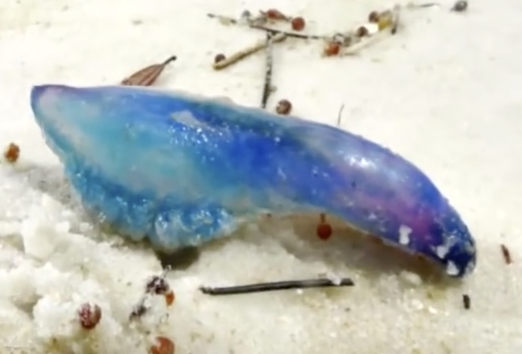
image via – youtube.com
What a cool looking creature! Turns out, the man o’ war is not a jellyfish, but actually a colony of little sneaksters that are attached and integrated so thoroughly that they can not live by themselves. At the surface of the ocean, the man o’ war floats through life, moving only by the force of currents and tides.
Strong winds may push them into bays and beaches, where they should be only looked upon and with caution. Where there is one man o’ war, there is many, but often an entire beach will be closed after the sighting of just one. Recently there has been a massive increase in numbers of Portuguese Man O’ War from Delaware to New York. Watch the video below to learn more about the risks and what to do if you come into contact with one.
When I was in sixth grade I spent a week in West Palm Beach, Florida with my friend and her dad. We stayed in a hotel on the beach where we spent everyday from sunrise to sunset in the outdoor pool. Entering the sunshine state mid Northeast Winter, we grew layers of blistering sun burns in the first part of the week.
We were so heat exhausted that my friend was vomiting up her daily grilled cheeses in the groomed poolside plants, and her father’s concern was that we were spending too much time in the pool, so he sent us to the beach. My friend and I reluctantly approached the beautiful ocean water and were delighted when we learned it was many degrees more comfortable than the Atlantic we were familiar with.
Promptly, I was thrashed with a wave across the face, which knocked my child body to the ground to be pummeled by undertow and exasperation. Then I felt it! An electric shock like whip along the side of my arm. I struggled to catch my breath through the inhaled salt water and looked down to see my forearm and hand red and inflamed.
My friend and I made our way back to the hotel pool where the lifeguard confirmed I had been stung by a man o’ war. The hero then sprayed my arm with cologne to soothe the welts and told us to go swim in pool.
Enjoy the beach this summer, but always stay aware of your surroundings. Keep your eye out for these beautiful but dangerous and potentially deadly creatures.
Please Share With Family and Friends, It Could Save A Life!
This Guy Volunteered To Be Locked In a Hot Car But He Never Expected THIS

It seems like every other day there are news stories about children and pets being left in hot cars. The lucky ones are spotted and rescued by concerned strangers who happen to pass by or their parents remember and rush to free them.
Others are not so fortunate and end up trapped and suffering in extremely hot vehicles. With all the media attention and tragic stories you’d think the point would get across, yet every week at least one child ends up dying from heatstroke due to being left alone in a car.
It’s never excusable to leave any animal, pet, child, or dependent person alone in a car, even for just a minute or two, on a warm or hot day. According to the National Highway Traffic Safety Administration (NHTSA) the temperature inside a car can quickly climb to 110° F or higher when the outside air temperature is in the 60s.
On an 83 degree day the interior temperature can reach 109° in just 15 minutes, even with the windows rolled down a couple of inches. These temperatures are enough to cause heatstroke, where your body temperature rises to 104° or higher, and this can be deadly.
Some individuals are more susceptible to heat stroke and so are pets. For example, dogs can only cool down by panting or sweating through their paw pads, so once their body temps rise it’s hard to get them back down.
If you know you are going someplace where you can’t bring your pet, leave them at home. If you have little kids and drop them off in the morning at daycare or something, set a reminder and always check the backseat when you lock and leave your car. Being aware and vigilant about this can only help save lives.
To put this issue into perspective Kars4kids decided to conduct a social experiment where they invited any passerby to take part in the “Hot Car Challenge.” The volunteers were belted into the back seat of a car parked in the sun with the windows rolled up.
If they could sit in the car for only ten minutes they would pass the challenge and receive $100. Watch to see if anyone made it ten minutes and then take a moment to reflect on what this all means and if you would’ve been able to last that long.
Please Share With Friends On Facebook To Help Raise Awareness
Teen Girl Was Feeling Intense Neck Pain. Her Parents Were Horrified After The Doctors Diagnosed Her.
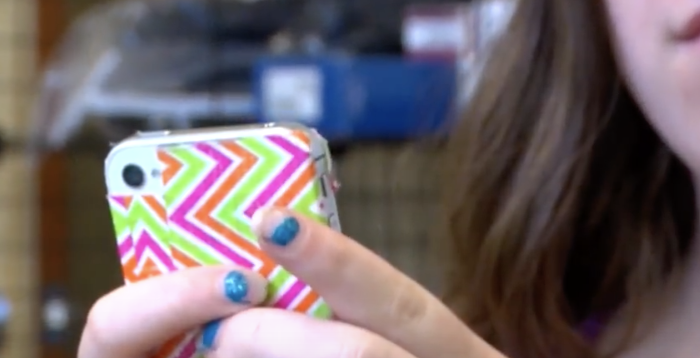
Kids these days! Some of them are spending up to 5,000 hours a year reading texts and browsing online, all while hunched over looking down at their cell phones and laptops. On average, a person spends around 2-4 hours a day crooked over looking down at their personal devices, and young adults spend even more time than that, logging hours at a time in one sitting.
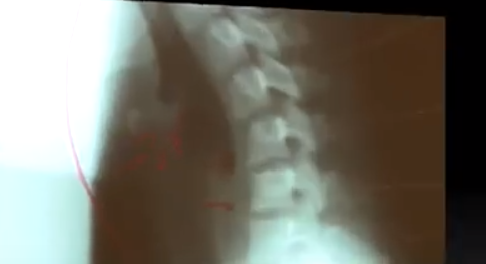
It doesn’t matter whether it’s a computer, tablet, or cell phone screen, because they all require the user to angle their head down, bending their necks in the process. This relatively new behavior is leading them to develop what is now called “text neck,” an uncomfortable and chronic pain in the neck area.
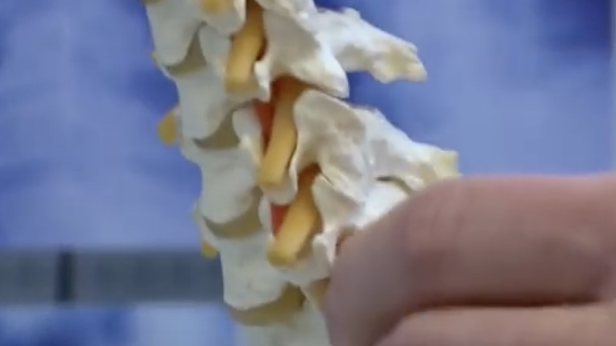
Text neck occurs when the proper and normal curve in the cervical spine becomes reduced and in some cases it may even move forward. Ideally a person wants to have a 40 degree curve in their spine, but x-rays of text neck sufferers show curves so drastic that they actually have reversed and bend forward in the opposite direction. This type of reversed spinal curvature used to take years to develop and was only seen in older and elderly adults.
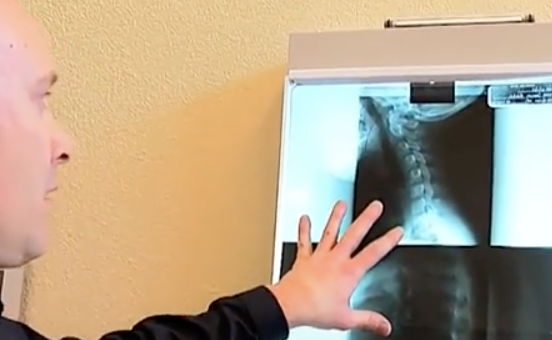
More and more sufferers of text neck are showing up at doctors offices nationwide seeking relief for their aches and pains. They are also increasingly younger and setting themselves up for a variety of possible problems that go beyond general neck pain, including shoulder tension, migraines, and even numbness and tingling sensations down their arms.
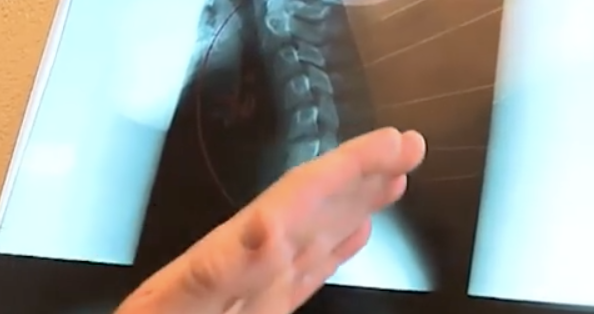
In order to correct the problem sufferers require physical therapy, trips to the chiropractor, and lifestyle changes. To reverse damage, professionals use head weights, shoulder exercises, resistance bands, and adjustments to recondition and strengthen the patient’s shoulder, neck, and back muscles.
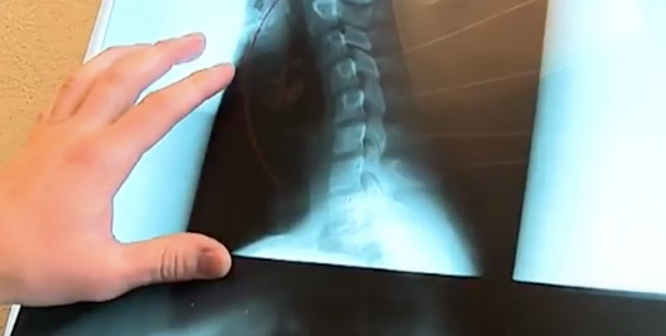
For people reading this and others who may be concerned about text neck, there are less drastic things that can be incorporated into your everyday routine to avoid it. Firstly, it’s important to sit up straight and stop looking down at phones and devices. Instead, hold your phone up higher so that it’s right in front of your face and eyes.
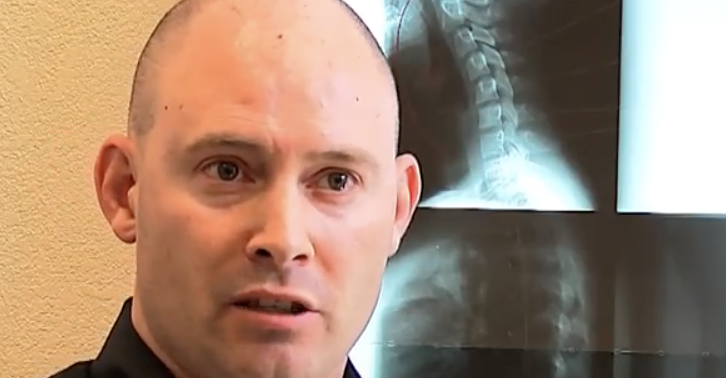
There is even an app available that blinks a red light warning you to raise it higher, in order to help people remember to elevate their phones. Also stand up more often throughout the day and stretch, roll your shoulders, and move around. Just by being aware and conscious of what you are doing, and for how long, can help you avoid tech neck and all the uncomfortable aches and pains that come with it.
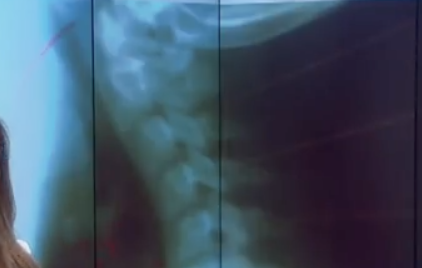
Please Share This Story With Family and Friends To Help Raise Awareness
Her Baby Died Because Of What She Accidentally Did. This Is Her Warning Message To Everyone
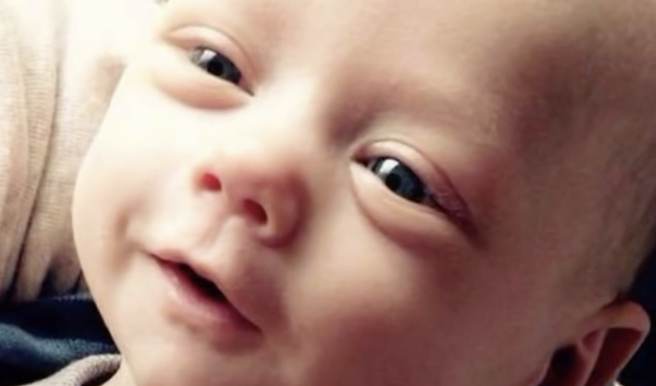
After the tragic loss of her own infant, one mother turns to social media to spread the message about the dangers of co-sleeping. Everett James was the son of Angela, a Michigan mother who, just like many parents, thought she was doing everything right and was safely sleeping in bed with her baby. She took precautions to ensure the child’s safety and thought nothing would happen, until one day when her partner Ryan came home and found Everett in bed with her, no longer breathing.
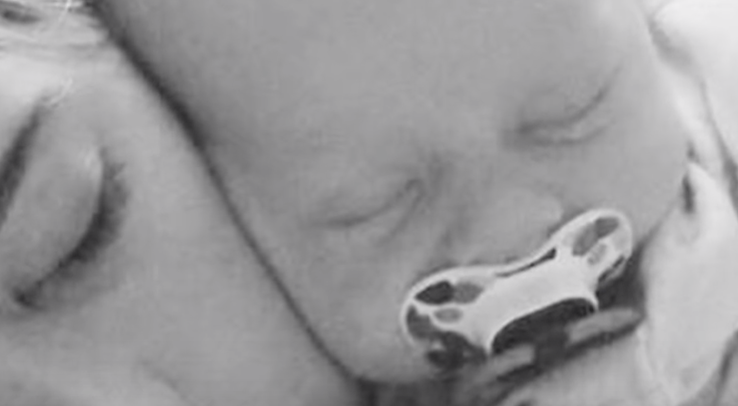
Angela has taken to social media spread awareness and help others avoid the preventable and devastating loss she has endured. “This will be the hardest thing for me to write in my life, but if it saves one life, it is worth it.”

She goes on to point out that “so many things can happen accidentally”. Experts say that, although a tragedy like this is rare, it does happen to thousands of infants in the US every year. They say that even placing items such as stuffed animals, blankets or pillows in an infant’s crib can be life threatening.
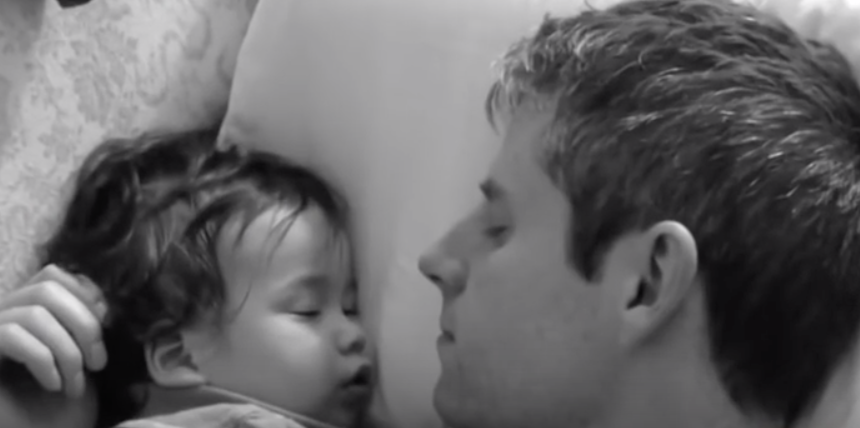
Angela is using this tragedy in her own life to help others, let’s help her save lives by spreading her story far and wide!
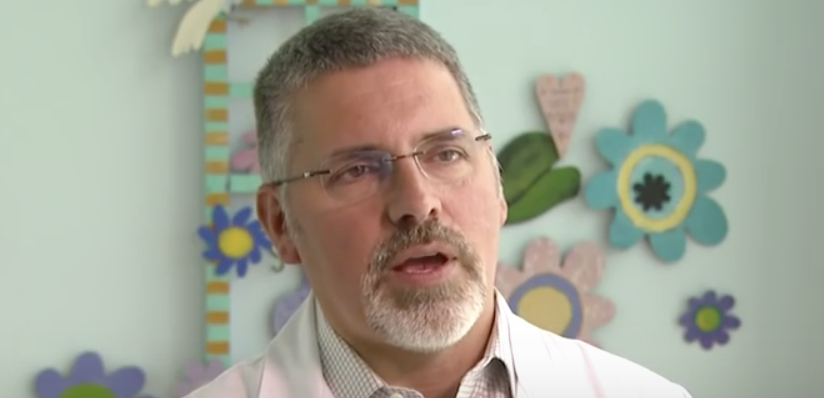
Please Share With Family and Friends, It Could Save a Life
This Mom’s Son Died An Hour After He Swam At The Pool. I Had No Idea This Was Possible.

Cassandra Jackson took her young son, Johnny, to cool off and play at their neighborhood pool. She watched as the ten year old splashed around in the cool water and escaped the oppressive June heat. Eventually they headed home and about an hour later Johnny told his mother he was really sleepy. She wrote his tiredness off and attributed it to being out in the sun and playing all afternoon.

He laid down to take a nap and when Cassandra went to check on him later she faced a sight no parent ever should have to. Johnny’s face was covered in a white foam-like substance and he had no signs of life. The coroner determined that his cause of death was asphyxiation by drowning, but how could a seemingly healthy young boy drown over an hour after he left the pool?

His mother expressed her shock and surprise best when she said “I’ve never known a child could walk around, talk, speak, and their lungs be filled with water.” Not many people are aware of dry-drowning, which is a delayed type, and yet it’s just as dangerous as the more commonly known, immediate type of drowning.

Warning signs include difficulty breathing, excessive tiredness, and dramatic changes in the child’s behavior. Don’t risk a child’s life, immediately bring them to the hospital and get them medical attention if you notice any of these factors.
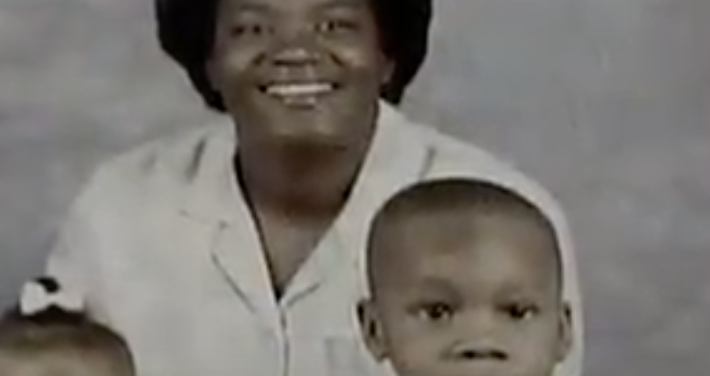
Every second counts as this is potentially fatal, especially in young children. Medical professionals can evaluate the child and determine if they need help. If a child does need medical care, doctors would intubate them, which forces air into the lungs and helps to clear the fluid.

Most critically, the lungs need to be able to take in and absorb oxygen from the air once again. Their ability to do so is severely limited and suspended, and that combined with extra fluid in a child’s lungs can possibly lead to death.
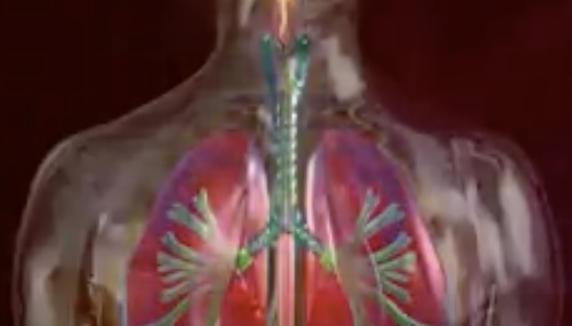
This type of delayed drowning is surprisingly not that uncommon, with an estimated 10-15% of all drowning deaths being attributed to it. What is surprising is that not a lot of people have heard about it or know what signs to look for in potential victims of a dry drowning. Furthermore, it can happen in salt water, fresh water, chlorinated pools, and even in the bathtub.

Please Share this with family and friends




